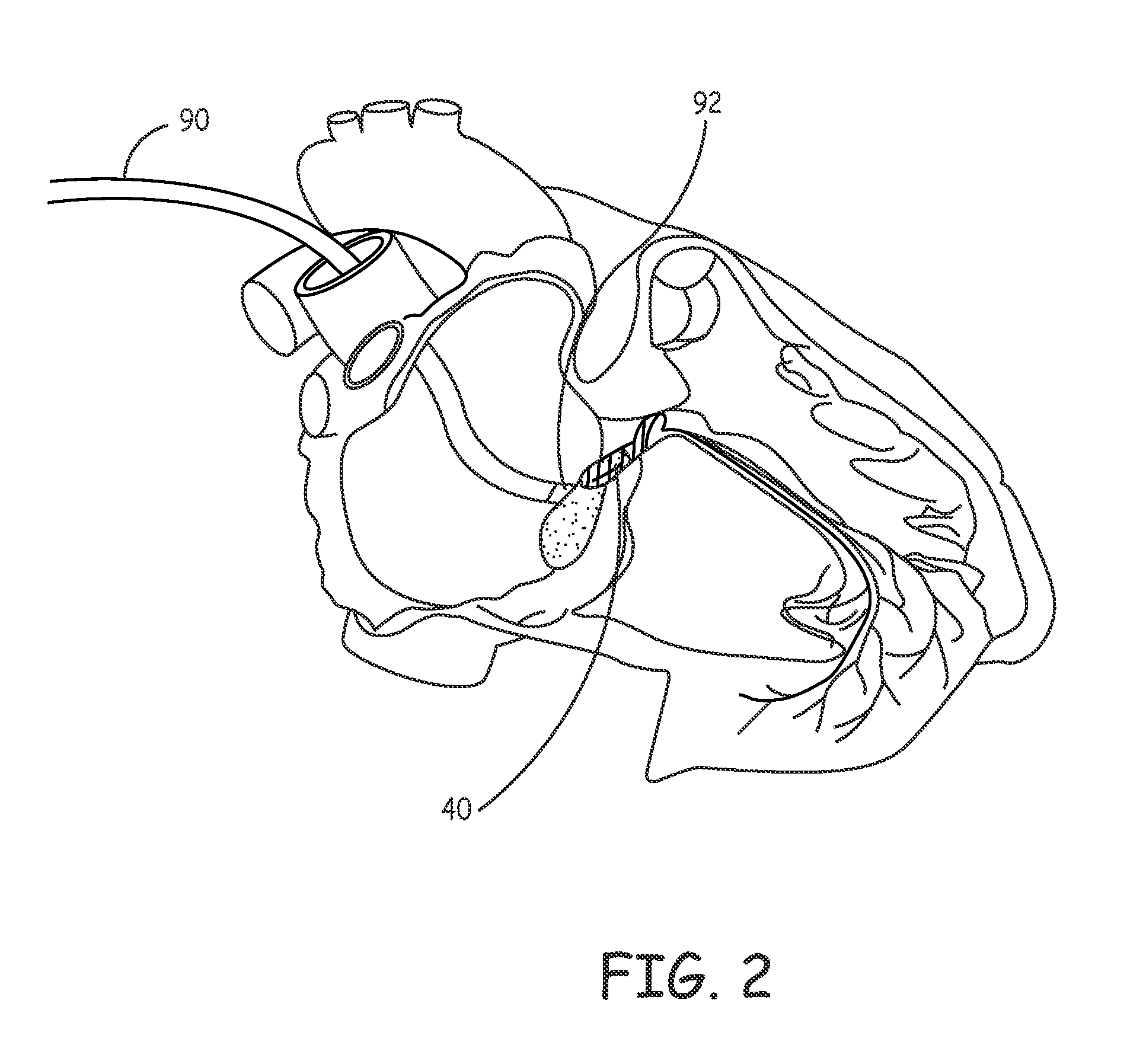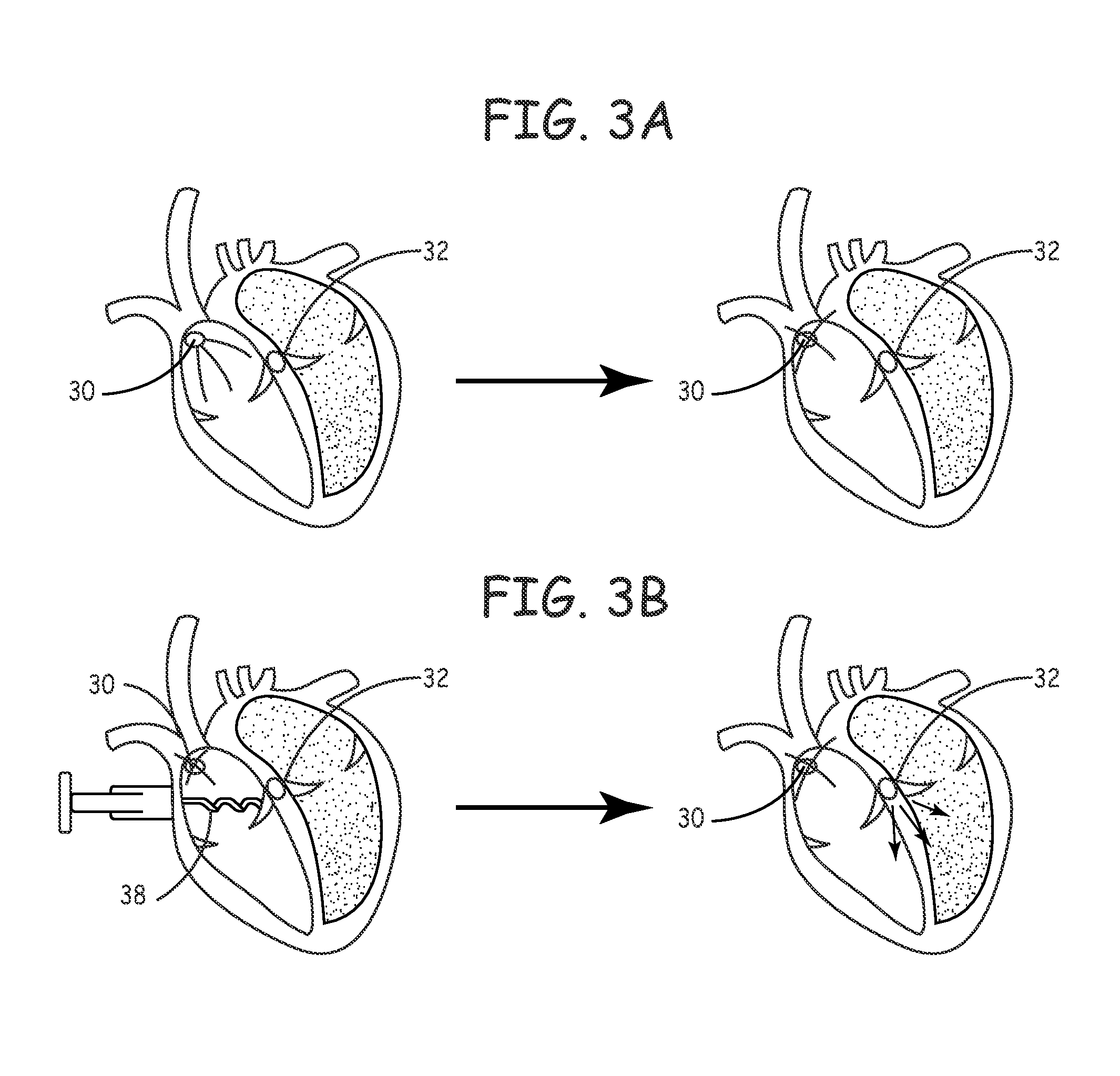Genetic modification of targeted regions of the cardiac conduction system
a targeted region and gene technology, applied in the field of genetic modification of targeted regions of the cardiac conduction system, can solve the problems of increasing or decreasing the pacing rate of implantable pacemakers, affecting the ability of the heart to properly pace, so as to facilitate and restore synchronous ventricles. the effect of contraction
- Summary
- Abstract
- Description
- Claims
- Application Information
AI Technical Summary
Benefits of technology
Problems solved by technology
Method used
Image
Examples
example 1
Increased Intrinsic Pacemaking Rate of Genetically Modified AV Node:
Construction OF rAAV Cloning Plasmids
Construct Generation
[0071] Genetic constructs (vectors) useful with the instant invention can be generated using traditional techniques as described by Schnepp and Clark in Gene Therapy Protocols, Morgan 2ed., pp. 490-510 (2002). The T-type Ca2+ channel is comprised of an α1H subunit that has been cloned and its location mapped to human chromosome 16p13.3 (Cribbs et al., “Cloning and Characterization of α1H From Human Heart, a Member of the T-type Calcium Channel Gene Family,”Cir. Res., 83:103-109 (1998). The sequence is deposited at GenBank accession No. AF051946. The role HCN4 plays in encoding the funny current channel is described, for example, in “Molecular Characterization of the Hyperpolarization-activated Cation Channel in Rabbit Heart Sinoatrial Node,”J. Biol. Chem., 274:12835-12839 (1999). The human HCN4 sequence is deposited at GenbBank accession No. NM005477.
[00...
PUM
 Login to View More
Login to View More Abstract
Description
Claims
Application Information
 Login to View More
Login to View More - R&D
- Intellectual Property
- Life Sciences
- Materials
- Tech Scout
- Unparalleled Data Quality
- Higher Quality Content
- 60% Fewer Hallucinations
Browse by: Latest US Patents, China's latest patents, Technical Efficacy Thesaurus, Application Domain, Technology Topic, Popular Technical Reports.
© 2025 PatSnap. All rights reserved.Legal|Privacy policy|Modern Slavery Act Transparency Statement|Sitemap|About US| Contact US: help@patsnap.com



